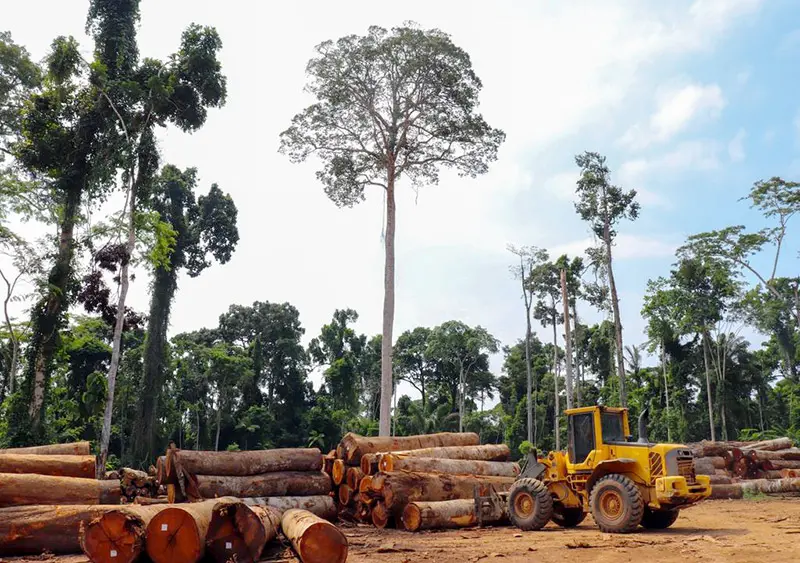1.5 Human-Environmental Interaction Notes

Sustainability are actions that provide immediate benefits while also preserving resources for future use
Natural resources are items produced in nature that can be used by humans (renewable or non-renewable)
Land use refers to changing the Earth’s surface for a specific purpose (agricultural, industrial/commercial, residential, transportation, recreational)
THEORIES OF HUMAN-ENVIRONMENTAL INTERACTION
Environmental Determinism is a theory which states that natural factors alone determine the cultural attributes. A criticisms of this theory would be how it is overly simplistic and discounts the role of humans in creating their own way of life. This theory plays in with the 5 Too’s: too hot, too cold, too wet, too dry or too many mountains. All of these are natural factors that would determine if people choose to live in a place or not.
Possibilism is a theory that is a rebuttal to determinism. This theory states that the natural environment is still a factor shaping our way of life, however, humans have choices and can harness technologies to overcome environmental limitations.
1.5 IMPORTANT VOCABULARY
Human-Environmental Interaction- The connection and exchange between humans and the natural world
Built Environment- The physical artifacts that humans have created and that form part of the landscape, in their understanding of land use.
Cultural landscape- Anything built by humans; realm of land use
Environmental Determinism- The belief that landforms and climate are the most powerful forces shaping human behavior and societal development while ignoring the influence of culture
Possibilism- A view that acknowledges limits on the effects of the natural environment and focuses more on the role that human culture plays.
\n